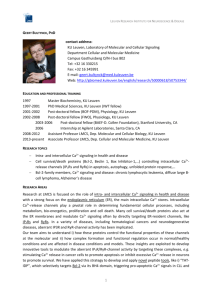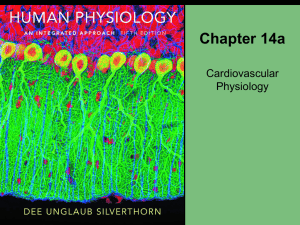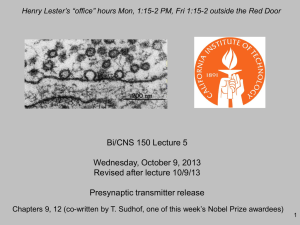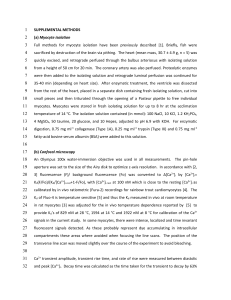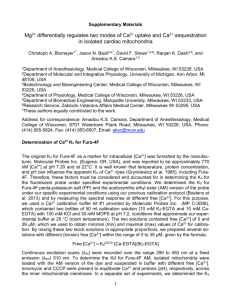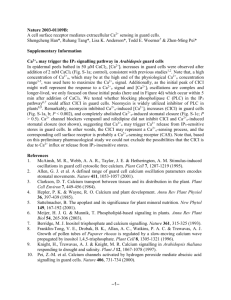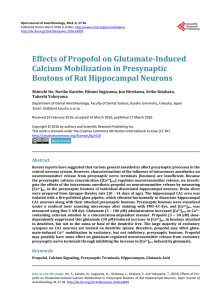Biology Subject A Question 1. State the neuron doctrine in a single
advertisement
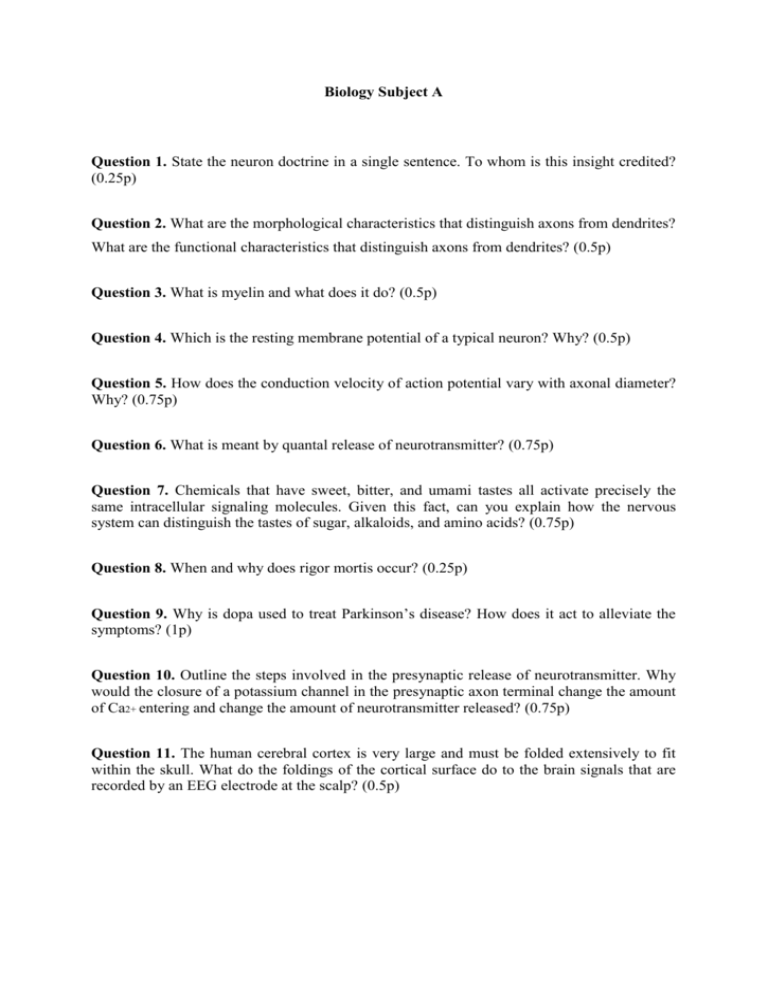
Biology Subject A Question 1. State the neuron doctrine in a single sentence. To whom is this insight credited? (0.25p) Question 2. What are the morphological characteristics that distinguish axons from dendrites? What are the functional characteristics that distinguish axons from dendrites? (0.5p) Question 3. What is myelin and what does it do? (0.5p) Question 4. Which is the resting membrane potential of a typical neuron? Why? (0.5p) Question 5. How does the conduction velocity of action potential vary with axonal diameter? Why? (0.75p) Question 6. What is meant by quantal release of neurotransmitter? (0.75p) Question 7. Chemicals that have sweet, bitter, and umami tastes all activate precisely the same intracellular signaling molecules. Given this fact, can you explain how the nervous system can distinguish the tastes of sugar, alkaloids, and amino acids? (0.75p) Question 8. When and why does rigor mortis occur? (0.25p) Question 9. Why is dopa used to treat Parkinson’s disease? How does it act to alleviate the symptoms? (1p) Question 10. Outline the steps involved in the presynaptic release of neurotransmitter. Why would the closure of a potassium channel in the presynaptic axon terminal change the amount of Ca2+ entering and change the amount of neurotransmitter released? (0.75p) Question 11. The human cerebral cortex is very large and must be folded extensively to fit within the skull. What do the foldings of the cortical surface do to the brain signals that are recorded by an EEG electrode at the scalp? (0.5p) The following experiments have been performed in acute slices from mice hippocampus. These are double whole-cell patch-clamp recordings of paired presynaptic interneurons and postsynaptic principal cells held at -60mV. A, Representative experiments showing the changes in unitary IPSC (uIPSC) amplitudes under control conditions and upon bath application of 1 or 50 nM ω-CTx. Presynaptic action potentials (top traces) and concomitantly recorded uIPSCs (bottom traces; 10 individuals, gray; averages, black) are shown. Numbers 1 and 2 indicate the period where traces from control and drug conditions were selected, respectively. B, Summary plots of normalized uIPSC amplitudes at 3 different conditions. Error bars represent SD. The effect of 1 and 50 nM ω-CTx are statistically significant (paired t test, p < 0.05). Question 12: What kind of contact is made by these interneurons onto principal cells? (0.25p) Question 13: Propose an explanation for this current being inward at -60mV (0.75p) Question 14: A snail toxin (ω-CTx) produces a strong decrease in the size of the IPSC. Propose different hypothesis (at least two) explaining this result. (1p) Question 15: What kind of information can be extracted from the inter-event variability? (0.5p) Taking profit of the whole-cell configuration, the presynaptic cell has been filled with a Ca indicator. Imaging reports increases in Ca2+ concentration as transient increases in fluorescence intensity. 2+ E, Averages of 14–20 [Ca2+]i transients measured at 7–10 boutons in a single cell in control conditions (black traces) and in the presence of 1 and 50 nM and 1 μM ω-CTx (red traces). Scale bars on the right refer to each trace. Open symbols represent the amplitude of [Ca2+]i transients recorded from individual boutons of a representative cell. Filled symbols represent the mean of individual cells. All drug effects are statistically significant both at individual bouton levels and for individual cells (paired t test, p < 0.05). Mean ± SD are shown in red. Question 16: Which of the hypothesis from Question 14 is the good one? Why? (0.5p) The authors have explored the relationship between presynaptic Ca2+ concentration and postsynaptic current upon different pharmacological manipulations. M, Relationship between normalized [Ca2+]i and uIPSC amplitude The curve was fitted by power function (f(x) = xm) with an m of 2.2. Error bars represent SEM. Question 17: What kind of information can you extract from this relationship? (0.5p)
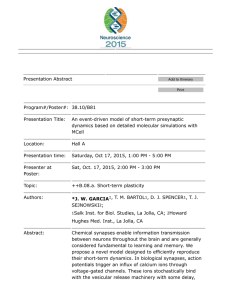
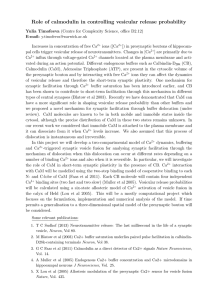
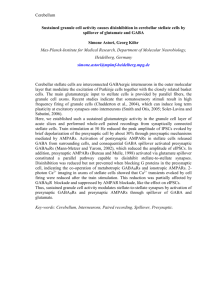

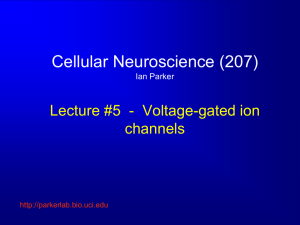
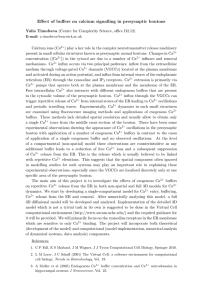
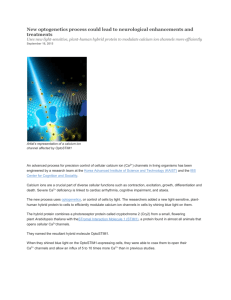
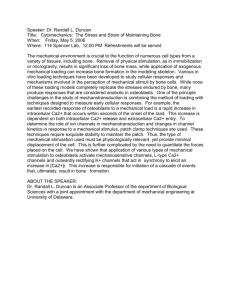
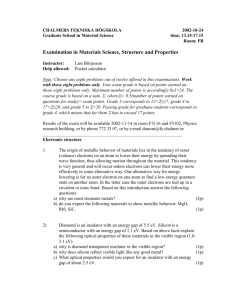
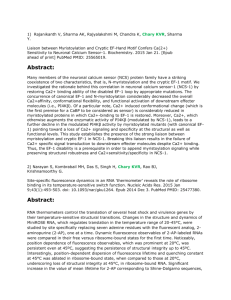
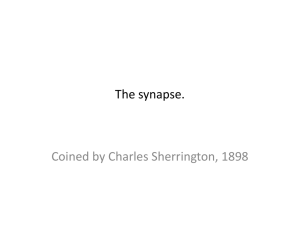
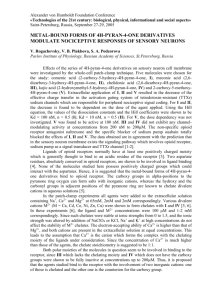

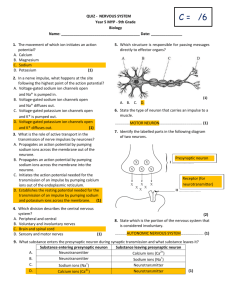
![Substantiation of the Rhod-2 as indicator of cytosolic [Ca2+] Rhod](http://s3.studylib.net/store/data/006893824_1-225923ad9f8cdb438dcdcf307ccbe9bd-300x300.png)
